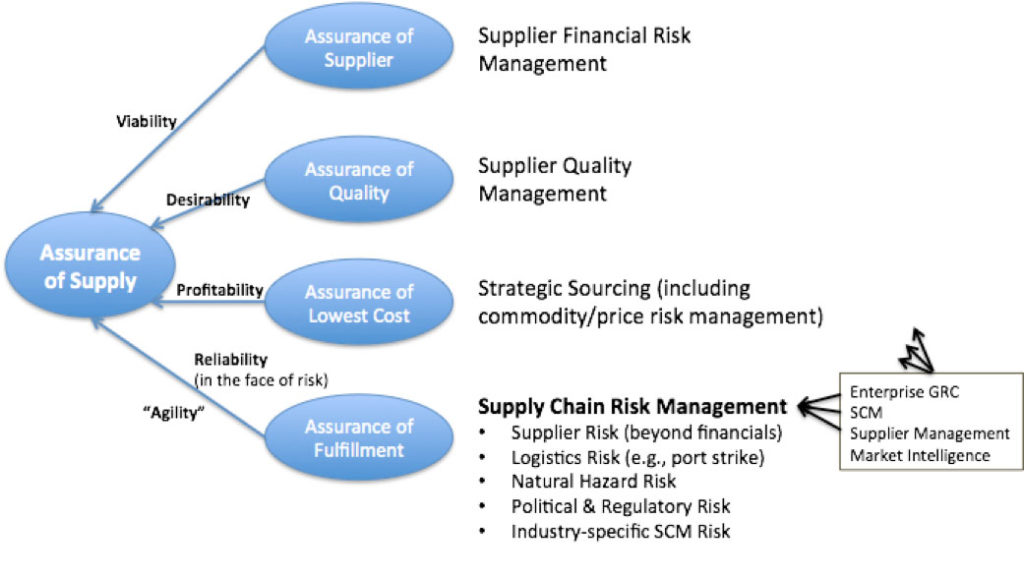
- New Comcast data caps spotlight disturbing trend
Data caps are becoming the norm, and that’s very bad news for consumers, who increasingly choose to stream video instead of paying exorbitant fees for pay TV. No other reason exists to impose such caps than the desire to increase profits. Here’s how Comcast justifies its data caps: “Our data plans are based on a principle of fairness. Those who use more Internet data, pay more. And those who use less Internet data, pay less.”
Sounds fair … except it isn’t true. Unlike wireless providers, broadband ISPs have capacity to spare, and Comcast admits as much. In a memo leaked last year, Comcast told its sales people that data caps were not related to network congestion.
- How a 100TB hard drive works:
- How To Tell Your Boss You’re Completely Overwhelmed
Feeling like you’re personally contributing, connecting with others, leveraging your creativity—or whatever your role means to you—is an anchor for the work you do. It’s why you do what you do. Without personal meaning, you’ll start to wear down from relentlessly throwing yourself into the churn and pulse of things. You can’t sustain this kind of disconnected, meaningless work for very long.
https://www.fastcompany.com/3064498/work-smart/how-to-tell-your-boss-youre-completely-overwhelmed
- Are We Solving the Right Problem with Supplier Risk Management?
An agile supply chain means that you can be reliable even though an increasing number of things are going wrong. You can only do this if you can avoid those things in the first place or recover from them when they happen. Either way, this requires supply chain risk management, not just supplier risk management, and certainly not just supplier viability management via financial statement monitoring.
http://spendmatters.com/2016/10/10/solving-right-problem-with-supplier-risk-management/

- A Tour of WeWork’s New Coworking Space in Philadelphia
The office space is just minutes away from the Old City District, the home of Independence Hall, the Liberty Bell, and many other historical landmarks. The Market-Frankford Line has a stop on Girard Avenue, a five-minute walk from the office. There’s also a parking lot located diagonally across the street. Attracting a wide range of businesses, this Philadelphia office space is a great option for artists, designers, and other young entrepreneurs, as well as corporations looking for a local base of operations”, says WeWork
http://www.officelovin.com/2016/10/10/tour-weworks-new-philadelphia-coworking-space/
Philly getting some co-lo love…
Photo: Chirobocea Nicu



